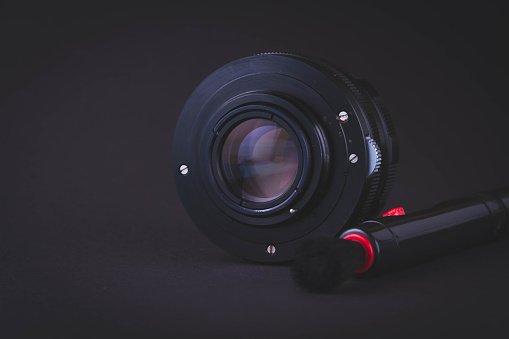Fiber Optic Camera Benefits

One of the best ways to increase your home or business' security is to install a fiber optic camera. Fiber optic cables are faster, have a low loss, and are immune to electrical interference. Fiber optic cameras are also easier to install than coax cable televisions. You can connect the cameras to existing network wiring and power outlets with a few simple steps. Installation takes less time and they're more reliable than ever. If you're wondering what fiber optic cameras are, read on to discover some of the benefits that this technology offers. The first fiber optic camera benefits are obvious: lower installation costs and downtime. Fiber optics is also a much cheaper option than coax and can withstand lightning tornadoes. If you're installing a fiber optic camera outside, multimode fiber is the best choice. You can connect a fiber optic camera to a wired network for less than $100USD.
You can even connect multiple devices to one network with an inexpensive Ethernet and PoE switch over. Another great advantage of camera fiber extension is that they eliminate all other points for possible leaks. They also eliminate the need for expensive hard-wired sync cords. This cord is not only more convenient, but also saves space. It also reduces the risk of damage to the camera's optical components. If you plan to use a fiber optic camera for multiple frames, it may be worth investing in a fiber optic camera instead of a conventional camera. Another fiber optic camera at https://www.multidyne.com/category-detail/comms-series.html benefit is its ability to transmit light from the camera's internal strobe. This feature is known as optical TTL. Because the light is transmitted through fiber optic cables, there is no need for a hard-wired strobe. In addition, the fiber optic cable can easily go through a plumbing system.
When you're looking for an affordable fiber optic camera, remember that there are plenty of benefits. Multi-camera recording is made easy with the use of fiber optic cables. Unlike coax cables, the video footage can be accessed at a later date without storing on a tape. Additionally, fiber optic cables allow you to multiplex multiple cameras with ease, which makes it easy to monitor multiple sites at one time. Unlike coax cables, fiber optic cables offer a far longer distance than their copper cousins, which can be problematic for live video crews. To know more about electronics, visit this website at http://edition.cnn.com/2012/01/13/opinion/keen-consumer-electronic-show/. Many utility companies use fiber optic cameras to monitor perimeters around substations and power plants. Moreover, these cameras are widely used in seaports. In addition to monitoring seaports and power plants, video cameras are used for traffic control on roads. You can even access some of these video cameras on the Internet.
Even ski resorts have webcams to see how the conditions are on the slopes. Most of these applications are made possible by optical fiber connections. Multimode fibers can be cheaper than coax, and can connect several devices over a long distance. The cost of a media converter is less than $100 USD per pair. Moreover, you can connect multiple devices over long distances with an inexpensive Ethernet & PoE switch. This is particularly important for outdoor cameras mounted on buildings and rooftops. Additionally, multimode cables can protect against lightning storms. Therefore, there are some advantages to using fibre optics when installing security cameras.
